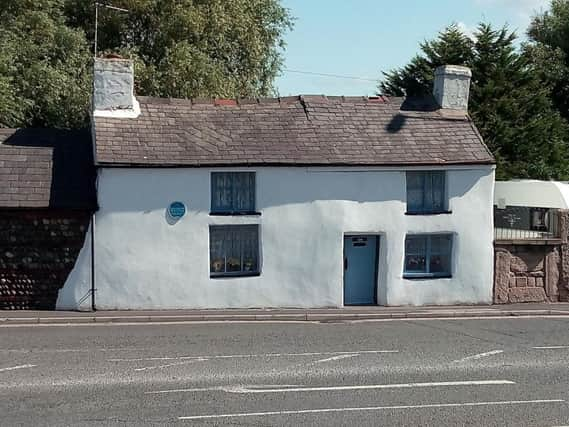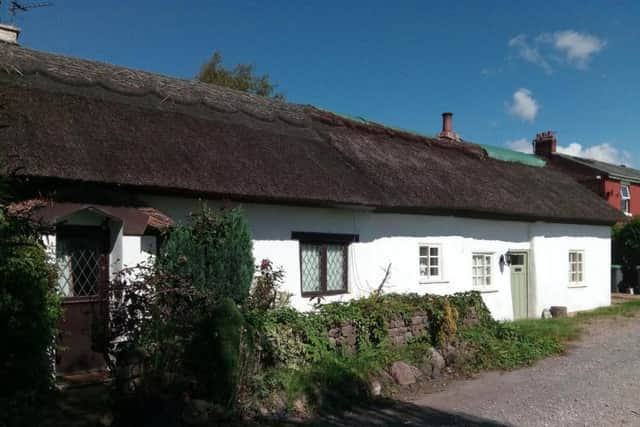Special status granted for Marton Moss


An assessment carried out by Blackpool Council warns the "cobbled buildings which were once common in this area are now very few in number".
There were no public objections to the creation of the conservation area which stretches between Progress Way, Common Edge Road, Division Lane and includes land east of Midgeland Road.
Advertisement
Hide AdAdvertisement
Hide AdIt does not include land north of Progress Way where Kensington Developments is currently building new homes.


Conservation priorities include the repair of Midgeland Farm near School Road, and Werneth House, a nineteenth century villa just off Division Lane.
In future, when planning applications are being considered, reinstatement of historic features or finishes will be encouraged wherever possible.
It is also hoped to adopt a strategy to protect the remaining glasshouses from the area's tradition as a centre for horticulture, particularly tomato growing.
Advertisement
Hide AdAdvertisement
Hide AdPublic rights of way, which were originally historic tracks connecting farmsteads and cottages, will also be protected, and the report says drains and ditches must also be properly maintained.
A council report adds: "The area has been assessed as being of special architectural and historic interest.
"Designation will enable greater local development management control to help safeguard the historic character of Marton Moss whilst encouraging appropriate and high quality design for any new development."
A conservation area management plan will now be prepared.
The Marton Moss Forum, made up of residents and business owners, is also currently preparing a neighbourhood plan.
Advertisement
Hide AdAdvertisement
Hide AdOnly a few examples of the 18th and early 19th century Fylde longhouse that are typical of Marton Moss survive, made of sea cobbles, patched with brick and held together with lime render.
The most prominent surviving cottage is the Grade II listed Blowing Sands cottage on Common Edge Road.
Other cottages which have been preserved in a good condition include those on Fishers Lane.